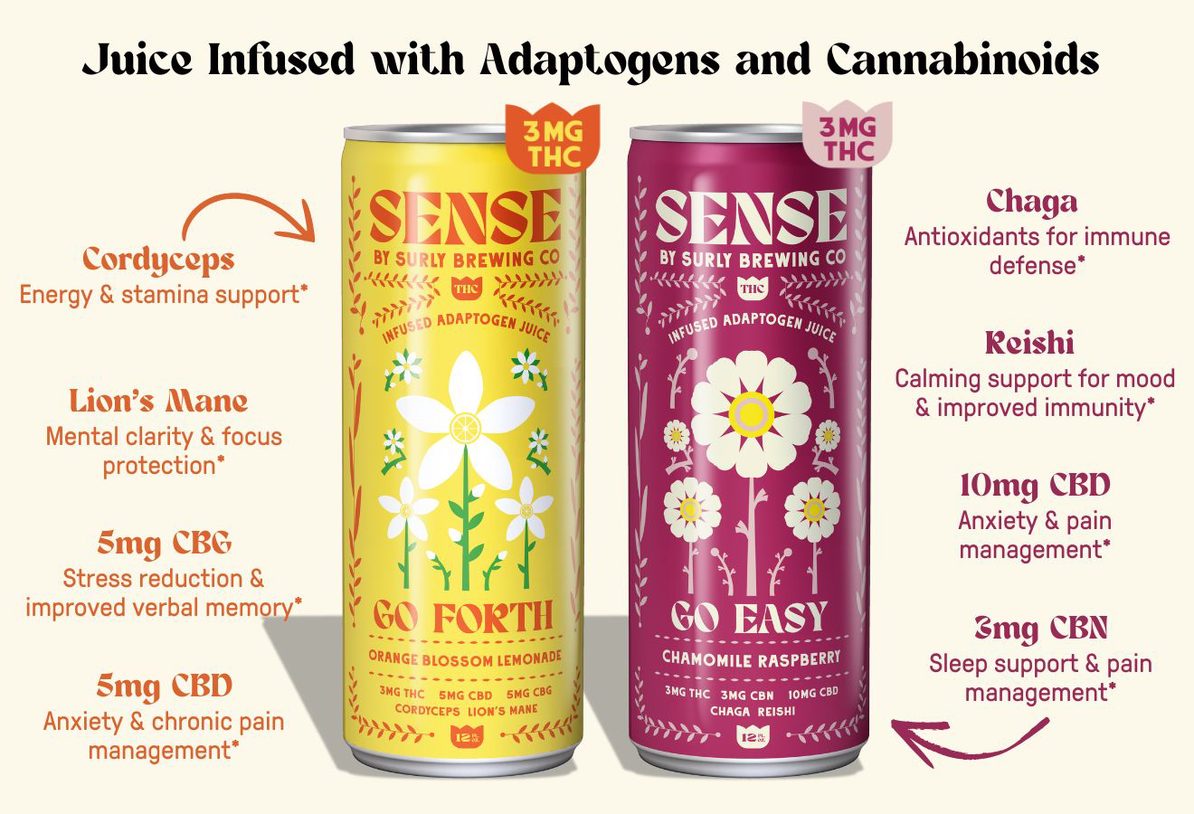
From Summit:
The 5th Annual Meritage Oysterfest is coming to downtown Saint Paul on Sunday, October 11, 2015 and Summit is happy to be a part of the celebration once again. So happy, in fact, we brewed a special beer for the occasion, an oyster stout with actual oysters on brew day. Yep - oyster meat and briny juice right into the boil kettle!
THE WORLD IS YOUR OYSTER STOUT
Kinsale Oyster Stout was brewed by head brewer Damian “Damo” McConn on Summit’s Pilot System. Named for the Irish city of Kinsale, well-known for its seafood (especially oysters), the base beer is a Cork Style Dry Stout. “If you take the two basic forms of stout that are traditionally produced in Ireland,” Damo explains, “you have Dublin style stout and Cork style stout. Dublin stout tends to be fairly dry, hoppy, acidic with a lactic note typified by a beer like Guinness. Then you have the Cork stout, one that is a bit richer, with more bitter chocolate notes, and not quite as hoppy such as Beamish or Murphy’s.” Damo took the Cork approach for his Kinsale Oyster Stout, the beer itself an homage to his homeland of Ireland.
Summit head brewer Damo McConn and Meritage co-owner Chef Russell Klein
with a bag of Washington's finest oysters from Hama Hama Oyster Farm
In terms of the ingredients, the base malt is Stout Malt from Malting Company of Ireland located right there in Cork. (Malting Company of Ireland actually grew up from the original malting house for Beamish.) Damo also used wheat, chocolate and roasted malts from Simpsons Malt in the UK. For hops, it’s a blend of British and Continental European hops – Styrian Goldings and Challenger from the UK and Aramis from France. Damo explains that “the UK/Continental blend is a historical hallmark of Cork style stout production, while the Dublin Stouts generally use all English hops or a blend of English and American hops. Even to this day, Beamish is brewed with Fuggle from UK and Tettnang from Germany, while modern-day Guinness is brewed with hops more like Target and Admiral.”
Different colored malts converge in the Pilot System mill: base Stout Malt, chocolate, black
Summit Kinsale Oyster Stout does have actual oysters in the brew. Damo used oysters from Hama Hama Oyster Farm in Hood Canal, WA, given to us by Chef Russell Klein of Meritage Saint Paul. The oysters were bagged – think giant oyster teabags – and placed into the boil kettle for the last 20 minutes of the boil.
First runnings of pitch-black, sweet stout wort!
“The oysters add a slight flavor component to the beer,” says Damo. “It’s not overpowering by any stretch of the imagination. It’s difficult to describe because it is so subtle. I, personally, don’t like a really intense, briny note. Our oyster stout is not really all that briny, but it adds a sort of brightness to the beer that seems to accentuate the hops. It simply adds to the overall complexity of the beer.” A wonderful beer for pairing with oysters as well as other seafood available at Meritage Oysterfest. But when it comes to oyster stouts -- was it always this way? Were oysters always added right into the kettle? The answer is no.
A WEE BIT OF OYSTER STOUT HISTORY
You have to remember that in the nineteenth-century, at the heyday of the Oyster Stout style, the beer was really just a stout that was served with/alongside oysters. They weren’t using the actual oysters in the brew. “Oyster” was more of a pairing reference. While some brewers used shells earlier that century as a form of clarifying agent on the cold-side, increasing the surface area at the bottom of settling tanks to help trap yeast (not unlike how lager brewers use beechwood chips at the bottom of their lagering tanks); the oyster meat specifically was not a part of the brewing process.
Traditionally, oyster stouts came from that area along the River Thames from the southeast of England up through London. The water was brackish, at high tide you’d have oysters flowing into the area. Places like Galway and Cork on the west coast of Ireland also had oyster festivals where they would pair the oysters with different stouts. Again – the beer paired with oysters, not brewed with oysters.
“Traditionally,” explains Damo, “in the time of Charlies Dickens during the 1850s and 1860s (he wrote about it in his novels), if you were a workingman you would have a pint of porter and a plate of oysters for lunch. Oysters were looked down upon back then. They were the fodder of the working class, not the rich. Once oysters were no longer available in the River Thames, which was around the time of 1905 or 1910 (because of pollution in the river), the whole concept of the oyster stout sort of faded away. It’s only been the last twenty years or so that it’s made a stylistic comeback.”
THOSE WACKY YANKS!
And you know who helped bring the style back? Yep, that’s right: crazy Americans! We just love to take a tradition and put a twist on it. “The oyster-brewed stout is a fairly modern interpretation,” laughs Damo. “And it’s mostly American. You Yanks will put anything into a beer!” To be fair, there are a few UK brewers that make stouts with oyster meat and/or shells during the actual brewing process. But by-and-large, it certainly seems to be more of a gimmick of American brewers… a gimmick that tastes mighty fine.
Summit Kinsale Oyster Stout will be racked into kegs at the beginning of October and delivered to downtown Saint Paul for the 5th Annual Meritage Oysterfest at Meritage Saint Paul on October 11. This is one of our favorite annual hometown festivals. The event includes a diverse sampling of oysters from the East, West and Gulf Coasts; Summit beers including the Oyster Stout, Pilsener & Oktoberfest; other great seafood prepared by Meritage’s kitchen; fun activities like shucking contests, education sessions, and live music. The event generally sells out, so get more information and buy your tickets now at this link ASAP: http://www.meritage-stp.com/oysterfest









0 comments (click to read or post):
Post a Comment
Please leave a comment...I do moderate each comment so it may not appear immediately...and please be nice! You can also comment using Disqus (below) or even comment directly on Facebook (bottom).